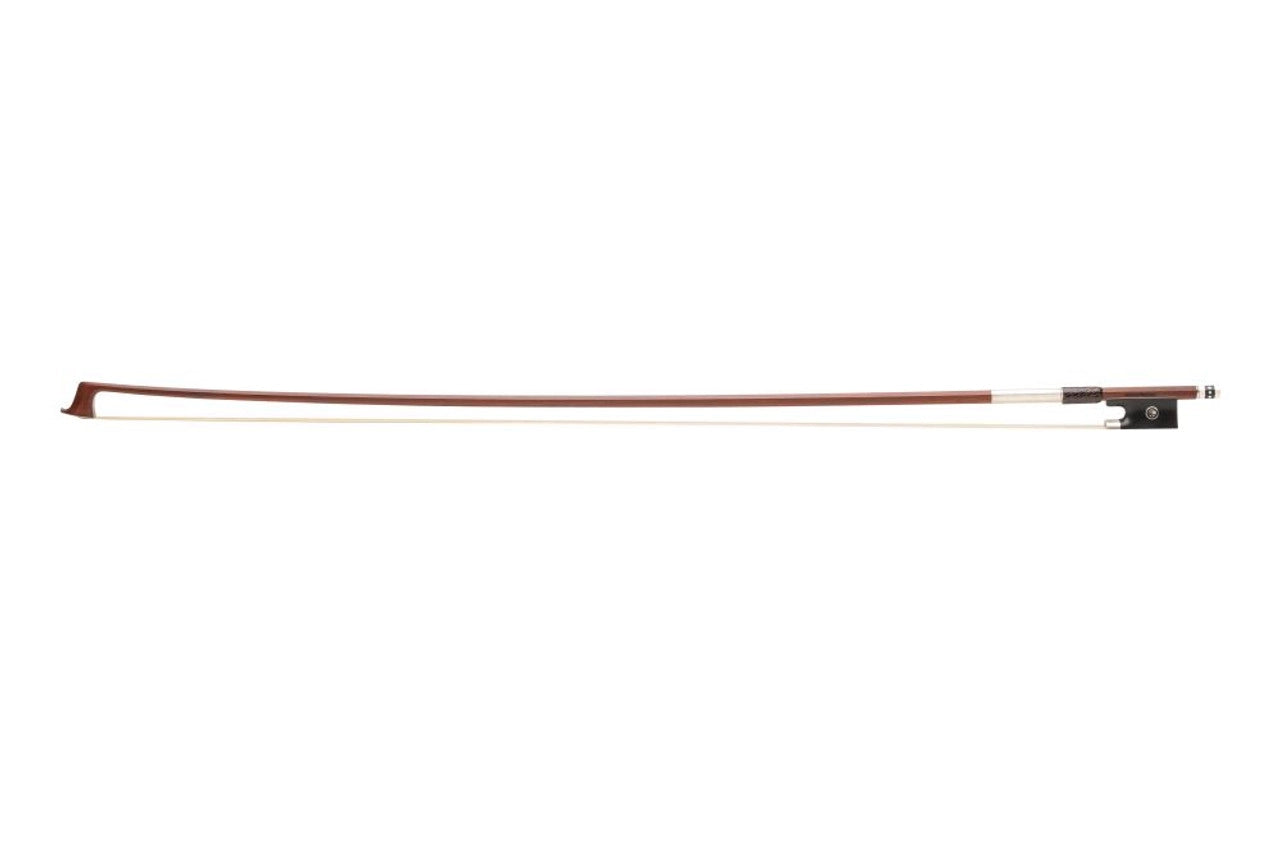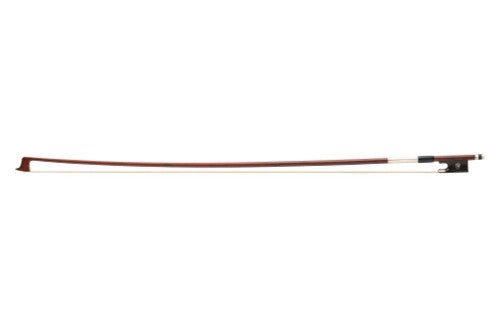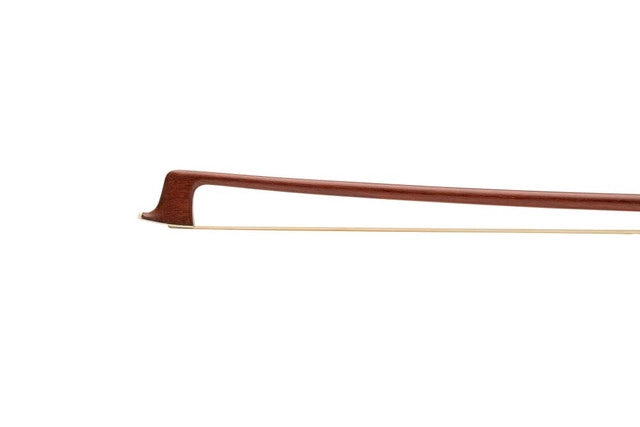Wood Violin Bows
Many violinists spend their musical journeys using wood violin bows and there’s a reason for that. For starters, violin bows have been traditionally made from wood up until only recently, when carbon fiber and composite bows were introduced as alternatives. So, most players start out using this type of bow.
But what makes so many violinists stay with wood violin bows is that wood is a natural material that can produce more nuanced sounds when in the hands of a skilled violinist. Over time, the player, the bow, and violin form a unique relationship where each one knows how to get the very best out of the other.
For this reason, there are many things to consider when shopping for wooden violin bows. In fact, making your bow selection is just as important a decision as choosing your violin. When you use the right wood violin bow with the right violin, that’s where the magic happens.
Wooden Violin Bows
The first decision you’re going to have to make when choosing your bow is which type of wood you want your bow to be made from. Most wooden violin bows are made from either Pernambuco or Brazilwood.
Pernambuco comes from a tree species in Brazil known as the Caesalpinia echinate tree. It has been used in bow making since the 18th century, when luthiers discovered that this unique type of wood features a high degree of strength and resilience, which combined make it wonderfully responsive to a violinist’s skills.
Brazilwood, on the other hand, is a composite of tropical wood species that are also found in Brazil. Bows made from Brazilwood are typically a bit heavier than those made from Pernambuco, and this extra weight can sometimes lessen the “feel” for the violinist.
Of these two materials, Pernambuco wood bow is more responsive to the vibrations of the violin. It’s these vibrations, which run from the instrument’s strings to the player’s hands, that allow the violinist to become more deeply connected with the violin. It is also a main reason why Pernambuco wood bows are believed to provide richer sounds and more flowing performances.
That said, choosing a bow made from Brazilwood can sometimes benefit the beginning player. These bows can still produce a lovely sound and their heavier weight makes them more durable, especially when in the hands of young players.
Ultimately, whether you choose a wood bow made from Brazilwood or Pernambuco depends on how the bow feels in your hands as you glide it across your violin’s strings. Every player is different and their relationship with their bow is deeply personal. If you need help finding the perfect wood violin bow to suit your skills and personal preferences, call The Long Island Violin Shop at (855) 343-3535 to schedule a visit to our beautiful showroom in Huntington, New York. Our staff of players and luthiers will help guide you to finding the perfect wood violin bows for you.







